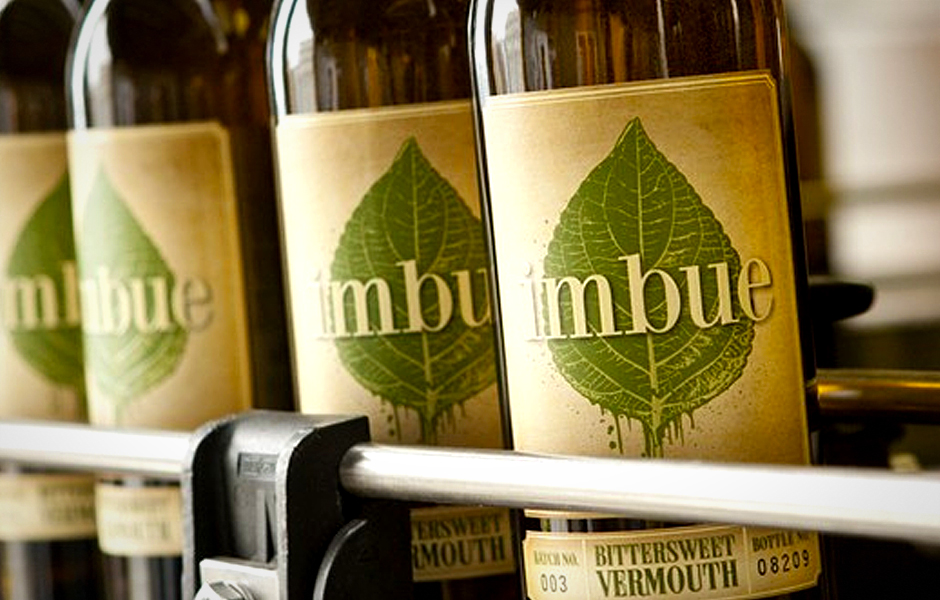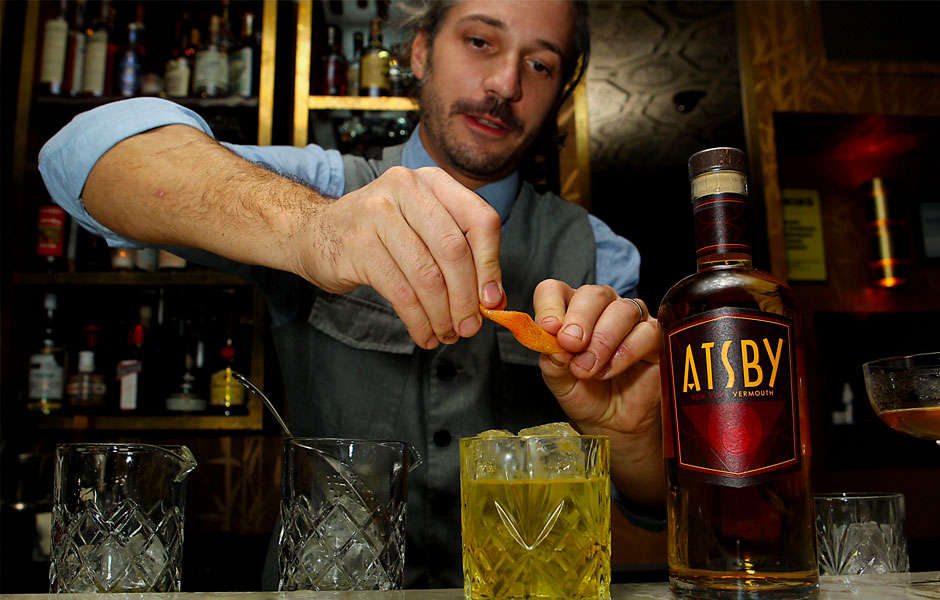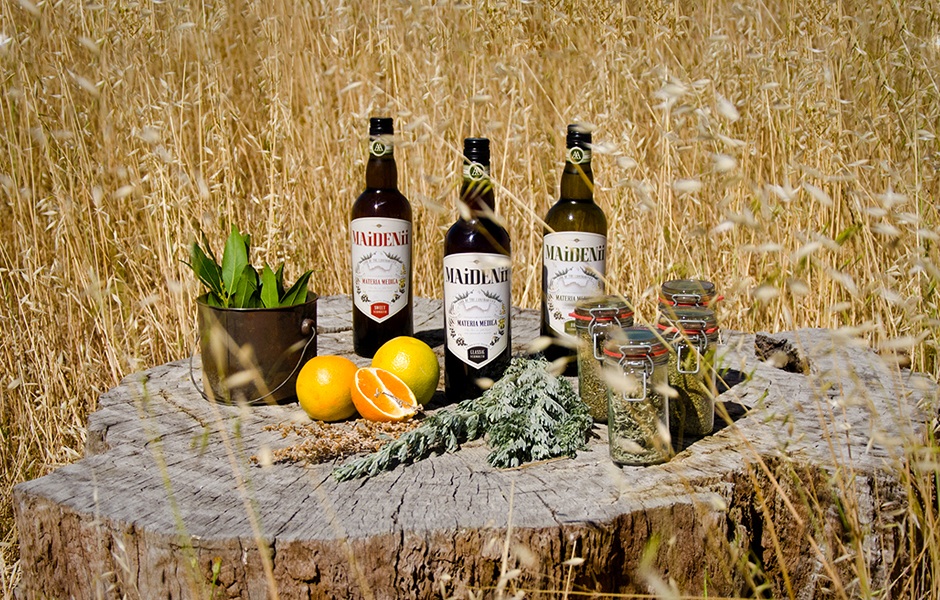Thank the Italians. In the late 18th century, they were the first to create vermouth. The fortified wine was often drunk on its own but morphed into a key ingredient in many standard cocktails, from the Martini to the Manhattan to the Negroni. Although Europeans have long drunk vermouth on its own, Americans were late to the party. Thanks to today’s artisanal varieties, tipplers on this side of the Atlantic can enjoy the classic beverage the way nature intended.
The Manual has selected a few of our favorite artisanal vermouths from around the country and beyond.
Imbue
Gaston, Oregon
Winemakers in the United States have gotten on the vermouth bandwagon in recent years. Not so Oregon-based Imbue. The company prides itself on being a vermouth company, not a winery that “dabbles in vermouth.” Imbue’s vermouths are a combination of white wine and Pinot Gris brandy and a number of botanicals including chamomile, cinnamon and elderflower. The Petal & Thorn version is aromatic, with hints of orange peel and rose, giving it sweetness with a bit of a kick. Still too sweet? Try the brand’s Bittersweet Vermouth, which offers hints of pear, lemongrass and elderflower.
Atsby
New York, New York
If F. Scott Fitzgerald were still alive, he’d probably prefer Atsby vermouth, or at the very least, have one of his characters in “The Great Gatsby” drink it. A New York–based brand launched by lawyer Adam Ford, Atsby pays homage to vermouths from the 1930s, the beverage’s heyday. Atsby has two varieties: Amberthorn and Armadillo Cake. The former is more akin to a sweet vermouth with hints of nettle, French lavender and basil. The latter is darker and richer with hints of nutmeg and other fall botanicals.
Maidenii
Australia
Although many stateside vermouths have nothing to do with their European counterparts, other vermouth makers trust Italian and French winemakers to give them a more traditional product. Enter Australia’s Maidenii. A collaboration between French winemaker Gilles Lapalus and Australian Shaun Byrne, Maidenii takes the best of the old and new worlds and fashions vermouth that looks and tastes European but has an Australian sensibility. A base of wormwood and wine, Maidenii crafts vermouth with 34 botanticals, 12 of which are native to Australia. You can taste hints of strawberry gum and wattleseed as well as river mint. The brand offers three varieties: classic, sweet and dry. Opt for the dry vermouth, which is made with locally-sourced viognier, yarrow and Japanese gentian. It’s great on its own or in a classic Martini.





